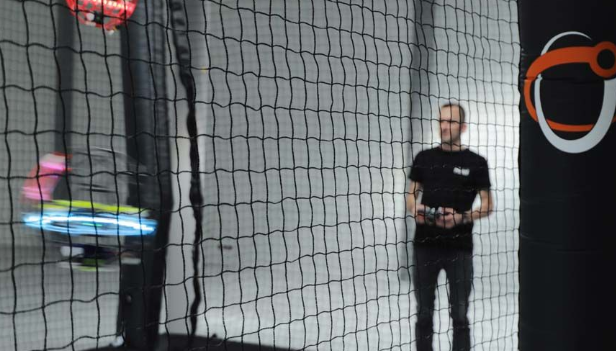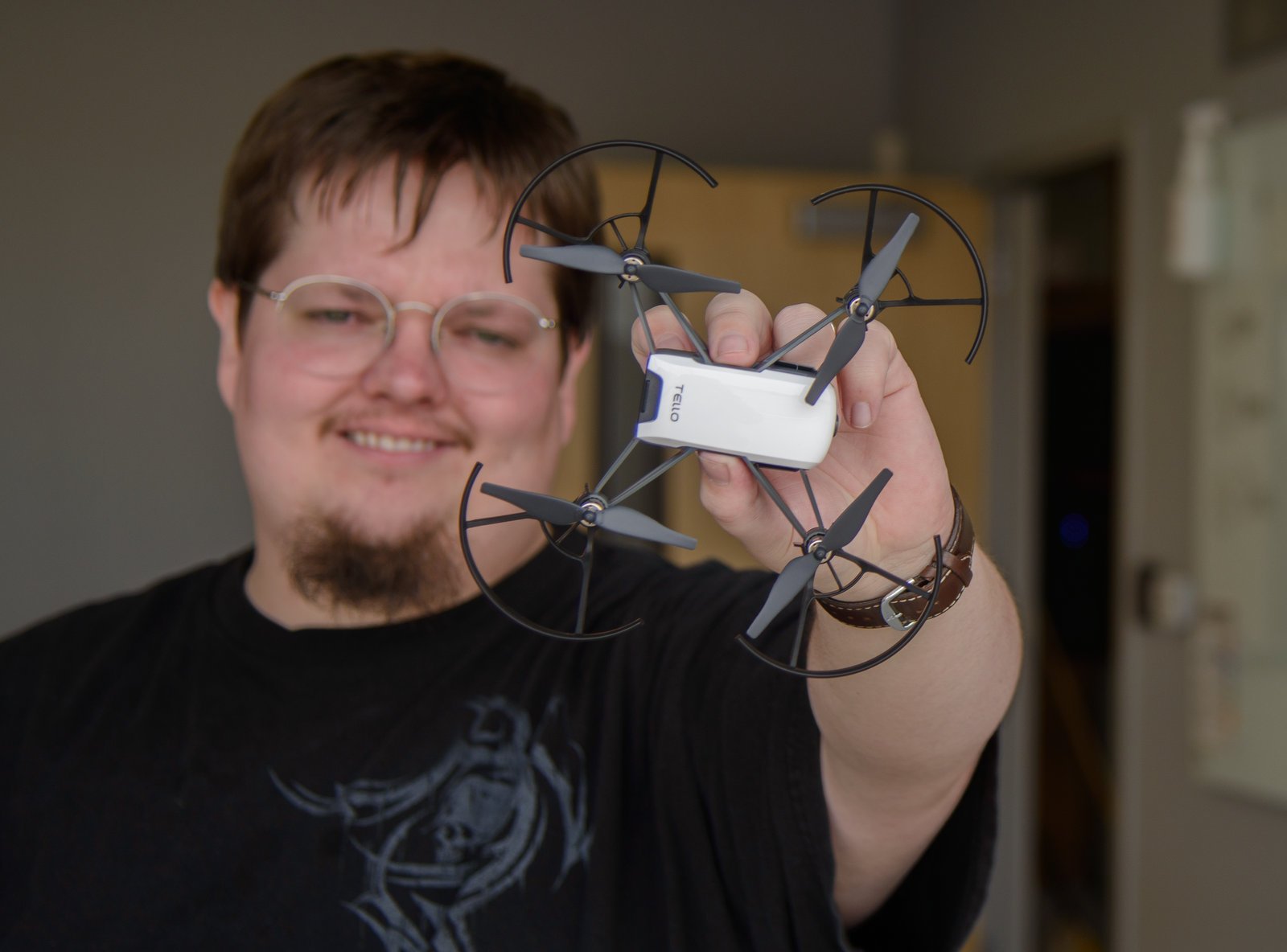If you are considering purchasing drones for schools, this guide could help you find the ideal setup to ensure students and educators have the best experience possible. Once you know what you need, it will be easier for you to choose the best drones for schools a better process.
A good starting point is necessity. Think about what need a drone will fill in your school. Is this to take some aerial shots of the buildings for promotional videos? Are they specifically for coding and programming lessons that result in real-world actions? Is building drones a great way to help teach engineering and physics? Or maybe it's a little of all those things and more.
Essentially, by limiting uses, you can ensure that you only pay for the features you need and don't waste money on a drone that doesn't ideally serve your purposes.
Read on to find out everything you need to think about before purchasing drones for schools.
What is it for?
Many different types of drones are available today, capable of performing a wide range of tasks. But for education specifically, you may want to focus on drones that are capable of helping teach physical construction and coding programming skills. Since many of these also have cameras, using one for other purposes once it's up and running should also be an option.
This can narrow the list down quite concisely, as school-specific drones, with education-focused systems, are fewer in number. You can still get big-name options, with plenty of support and constant updates, but expect to potentially pay a premium for the brand. That said, the extra cost may exist for a reason, as these companies offer some well-developed units that are super robust and often easier to use and have long warranty coverage.
Programming
If the drone is going to be an extension of the need to teach programming, then you may want to consider models that have the best software support systems. There are a few options, so be sure to consider the type of coding you want to teach and check that the drone is compatible.
Some drones offer multiple coding options, including block-based, and work with Arduino hardware, so it might be something students already have experience with. This could simply offer an extension of that virtual world, adding the excitement of real-world results from your coding efforts.

Drone size
The size of the drone could be an important consideration. Essentially, there are two categories to consider, and they are based on weight: the sub-2kg range and the smaller microdrone range.
Generally speaking, microdrones are aimed at and are best suited for beginners. These are simpler in construction, smaller and lighter for easier flight and easier storage. Basically, a microdrone is less heavy and therefore less likely to sustain damage when crashing, making it well suited for younger students or those new to drone operation.
You may use drones for sports, such as racing, in which case lighter and often more agile microdrones may be the best option.

Flight characteristics
Aside from the construction and coding of the drone itself, it is also worth considering the features it offers. For example, you may want a drone with a good quality camera to capture images and videos for use in other lessons and areas of the school.
Flight controls are another area to think about, as most drones offer automatic hovering and even object detection to avoid crashing, useful features if younger students are going to get carried away with these units.
Replacement parts are also a big consideration as an accident is inevitable and damage to a model that can easily change parts will make life much easier in the long run. It's worth looking into the availability and price of these pieces before committing to a particular brand.
Prices
Inevitably, the price of drones is a consideration. Since this is for school, you may need more than one and you can often get deals on buying in bulk. In fact, some systems even give you central application controls that allow you to better deliver the software to students, as well as monitor its usage. You can also often get bulk charging stations so everything is charged and ready to go each morning.
Take a look at the warranty coverage as it may be something that runs out after some accidents. As mentioned above, it's also worth checking how affordable and available replacement parts are, as you'll probably need them.





